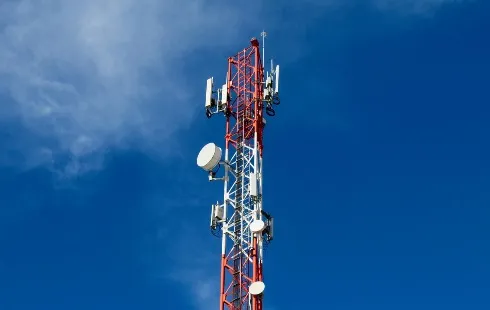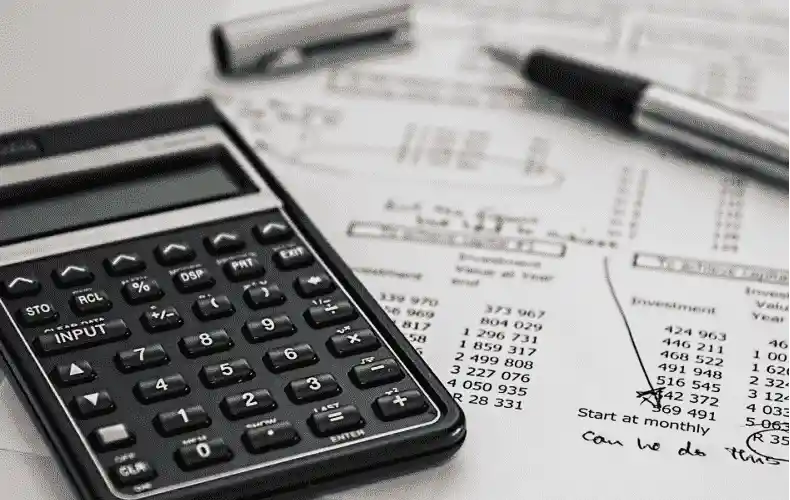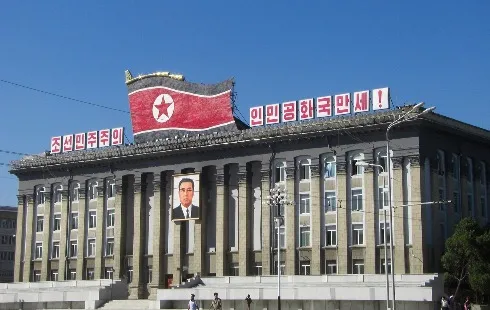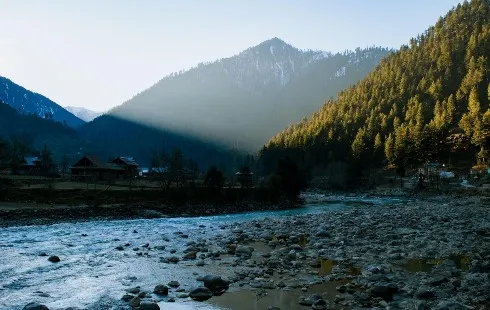
Nationwide Telecom Blackout Disrupts Spain's Major Networks
Section: News
Managers of U.S. liquefied natural gas companies are meeting with representatives of German companies in Berlin at the end of March to figure out how to quickly bring more liquefied natural gas to Germany. Charif Souki, chief executive of Texas-based gas company Tellurian, confirmed the meeting but trimmed expectations. "This is going to be a feel-good meeting. After all, I don't negotiate energy contracts when six of my competitors are sitting next to me."
The meeting is dedicated to one of the big unanswered questions: Who will pick up the slack if the EU gets serious about embargoing or curbing natural gas supplies from Russia? The pleading eyes of European government officials are on America's fracked gas, categorized in more politically comfortable times as a climate and environmental sin commodity.
At first glance, the turn toward America makes sense: The United States is the world's largest producer of natural gas, has vast reserves and is willing to export the commodity. As recently as 2016, they had begun liquefying natural gas, loading it onto special tankers, and transporting it overseas. The U.S. is now one of the top three liquefied natural gas exporters, along with Australia and Qatar. In 2021, U.S. producers shipped 100 billion tons of the liquefied commodity out to the world, more than ever before.
The U.S. government wants to help ensure that the EU gets an additional 15 billion tons of liquefied natural gas (LNG) this year alone. That alone is a challenge because the U.S. facilities for liquefying the natural gas delivered are already at capacity.
However, there is hope. On Feb. 22, Cheniere, America's largest LNG exporter, announced it had completed the sixth leg of a liquefaction plant at Texas' Sabine Pass terminal. Another company, Venture Global, plans to bring its large-scale Calcasieu Pass plant in Louisiana on line by the end of this year and has already sent its first shipments overseas. When Calcasieu Pass is fully operational, the United States will have seven major terminals where natural gas delivered via pipelines is converted to a liquid state and loaded onto ships. And they will then be the world's largest producer of liquefied natural gas.
Therefore, there are many indications that America will be able to deliver at least partial quantities this year. The real problems begin after that. At the G-7 summit, it was agreed that up to 50 billion metric tons of liquefied gas will be shipped from America to Europe each year. There are plants under construction, but the rest of the world is also demanding much more natural gas than before in order to reduce greenhouse gas emissions.
Nikos Tsafos of the think tank CSIS (Center for Strategic and International Studies) has listed the LNG plants under construction that will be operational by 2026 if nothing comes up. The new plants would then be able to supply an additional 110 billion tons or so a year. However, 70 billion tons of that would be claimed by China alone if consumption trends in that country continue, Tsafos calculates.
Other countries, such as India, are also asking for more as they develop their heating energy away from oil and electricity generation away from coal. That's why, in Tsafos' view, it's not enough for Europe to simply buy up supply. It should support the development of new capacity. But this would require international development banks such as the World Bank, which have played a role in financing LNG infrastructure, to abandon their skeptical stance.
But perhaps there is no need for a major rethink. After all, because of the new gas price level and long-term consumption trends, the calculation for investing in such a facility has changed. Previously, companies looking to build large liquefaction terminals had looked all over the world for customers for their LNG. These customers then typically committed in twenty-year contracts to purchase the feedstock at a specific price formula. The purchase guarantee in the long-term contracts gave banks and investors the security they needed to invest billions in the LNG project.
Tellurian CEO Souki believes this old business logic is a thing of the past. "LNG in America no longer needs to be explained. We buy natural gas for $5 and sell it for $30." A liquefaction terminal pays for itself in a year, he says. His thesis is that even before the Russian war of aggression, natural gas was in short supply around the world. With the sanctions, he says, one of the most important producers is being taken out of the game. The already strong demand for American natural gas will only increase. It would be important for European financial institutions to seize the opportunity to participate in such projects.
An American advantage could prove to be that numerous terminal projects have already been approved by the Federal Energy Regulatory Commission. But they have been dormant until now. That was partly because the price of gas was much lower, climate policy posed a risk to large-scale plants, and banks and investors were hesitant because the energy sector had been low-yielding for many years and because they feared political headwinds if they invested in fossil fuel projects. The projects could be dusted off and completed within three to seven years. The Natural Gas Supply Association lobby group is hopeful that the approval process will speed up, said Katharine Ehly, an official. The signals from the White House are encouraging.
On the other hand, financial investors seem to be slowly shaking off their skepticism. Just a year ago, Larry Fink, chief executive of Blackrock, the largest investor, had urged companies to pursue aggressive climate goals. Blackrock now holds 5 percent of the shares in Soukis Tellurian. That needn't come as a surprise. LNG stocks are up year-to-date, with Chevron and Cheniere up nearly 50 percent, Shell up 25 percent, and Tellurian up as much as 74 percent.
Photo by Ehud Neuhaus

Section: News

Section: News

Section: Health Insurance

Section: Health

Section: News

Section: Arts

Section: Arts

Section: Politics

Section: Politics

Section: News
Health Insurance in Germany is compulsory and sometimes complicated, not to mention expensive. As an expat, you are required to navigate this landscape within weeks of arriving, so check our FAQ on PKV. For our guide on resources and access to agents who can give you a competitive quote, try our PKV Cost comparison tool.
Germany is famous for its medical expertise and extensive number of hospitals and clinics. See this comprehensive directory of hospitals and clinics across the country, complete with links to their websites, addresses, contact info, and specializations/services.
Davi Pontes and Wallace Ferreira present Repertório N.2 and Repertório N.3. Two young dancers stand completely naked on stage, rhythmically stamping their feet in energetic patterns that continuously evolve. The physical intensity reverberates through the space, with sweat flying and heavy...



No comments yet. Be the first to comment!